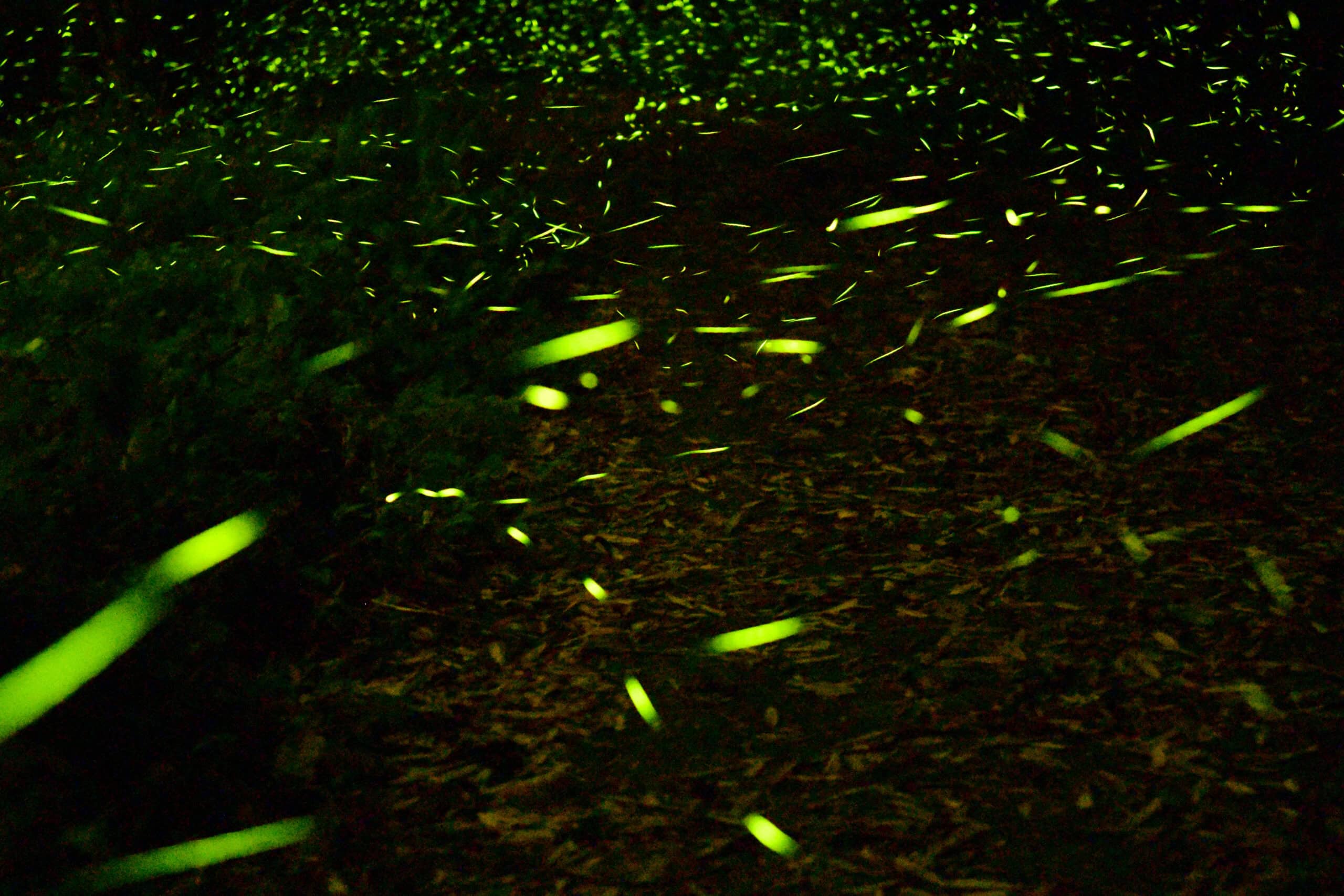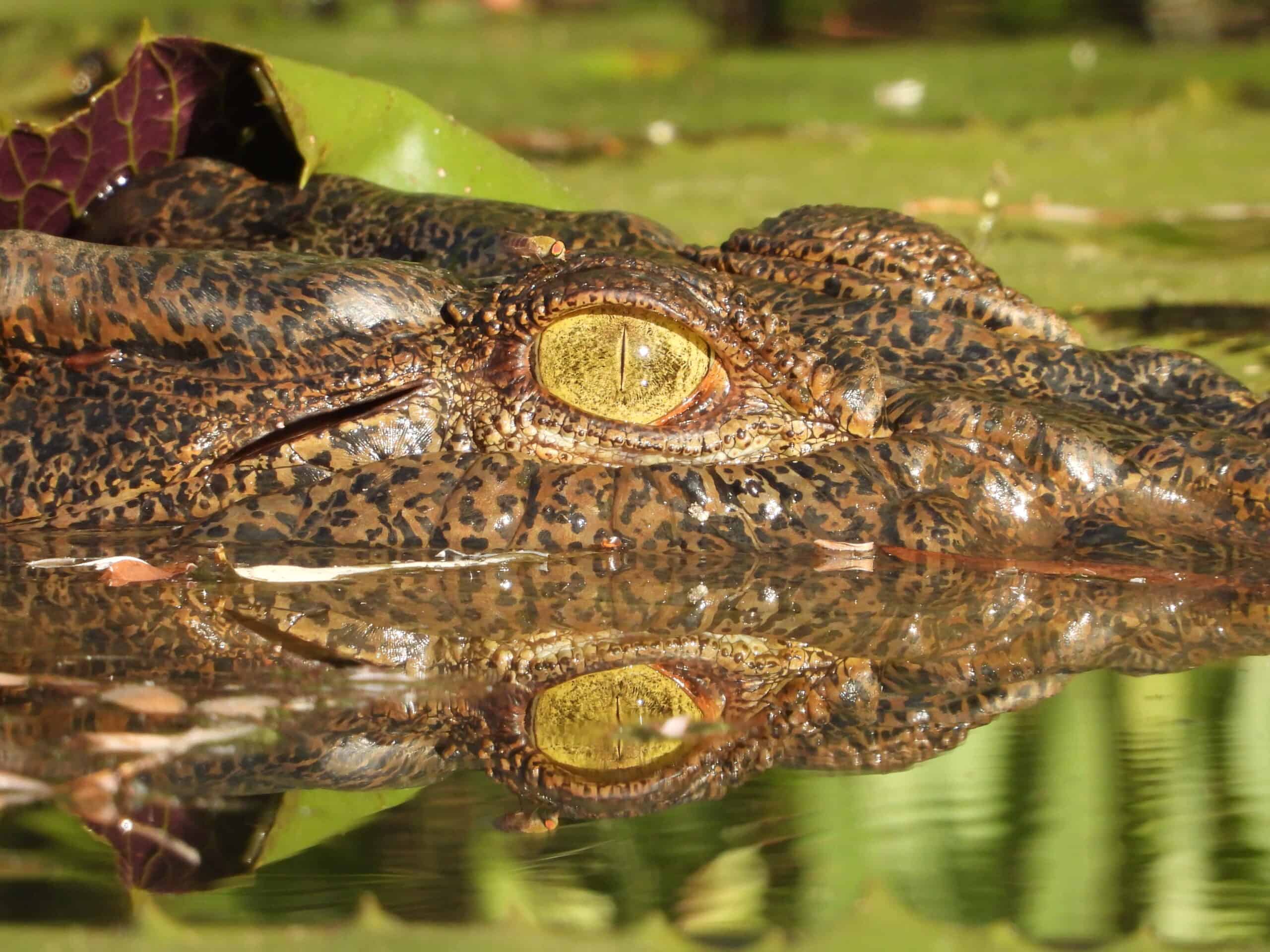Share this article
Traveling doesn’t pose mortality risk for white-tailed deer
White-tailed deer that disperse to new areas have similar rates of mortality as those that stay put, researchers found.
That wasn’t what they expected to discover. They figured dispersal would be risky because the deer would face traffic crossing roads as well as hunters and predators. They expected deer would risk dispersal because of the benefits but that they may have lower survival rates. But that’s not what they found.
“We found no differences between dispersers and non-dispersers,” said TWS member Duane Diefenbach, a research biologist with the U.S. Geological Survey and an adjunct professor of wildlife ecology at Pennsylvania State University.
In a study published in Ecology and Evolution led by Eric Long, a former graduate student in Diefenbach’s lab, researchers had tagged both female and white-tailed deer (Odocoileus virginianus) with GPS radio-collars and VHF transmitters to find out more about dispersal behaviors. They captured 398 juvenile males and 276 juvenile females and tagged them with radio transmitters so they could keep track of their locations. In previous studies, GPS data showed that male deer tend to disperse in a straight line and only travel about three miles, while females wandered more and some traveled up to 150 miles.
The team wanted to use the transmitter data to find out what the risks were to dispersing and how it might affect deer survival, so they classified whether the tagged deer had dispersed, and then estimated survival for each group.
“All of the deer were radio-tagged, so we were able to monitor their survival that way,” Diefenbach said. “Of course, we didn’t know whether they were going to disperse when we caught them.”

Field technicians Greg Huchko (front) and Jason Kougher (back) appear with a young VHF-tagged buck.
Credit: Diefenbach Lab, Penn State
Of the deer that they were monitoring, 49.9% of dispersing males survived versus 51.6% for non-dispersers. For females, 64% of dispersers survived versus 70.7% of non-dispersers. The only mortalities documented during dispersal — two females — were killed by vehicle collision.
Deer disperse for a variety of reasons. Males may disperse to areas with less breeding competition as well as to reduce chances of inbreeding. Fewer female white-tailed deer disperse, but when they do it’s because they are displaced by females who are about to give birth and don’t want other deer around.
Diefenbach said they found dispersing deer are less likely to cross roads and large rivers, but they are not impermeable barriers. Consequently, roads and rivers reduce gene flow, although minimally. Studies on deer dispersal and movement are important to understanding more about disease spread, he added, especially when it comes to an always fatal disease in cervids, chronic-wasting disease.
Header Image: White-tailed deer collared with VHF tags and GPS collars, like this one, helped researchers determine the mortality risks of dispersing. Credit: Willliam Lingafelt








